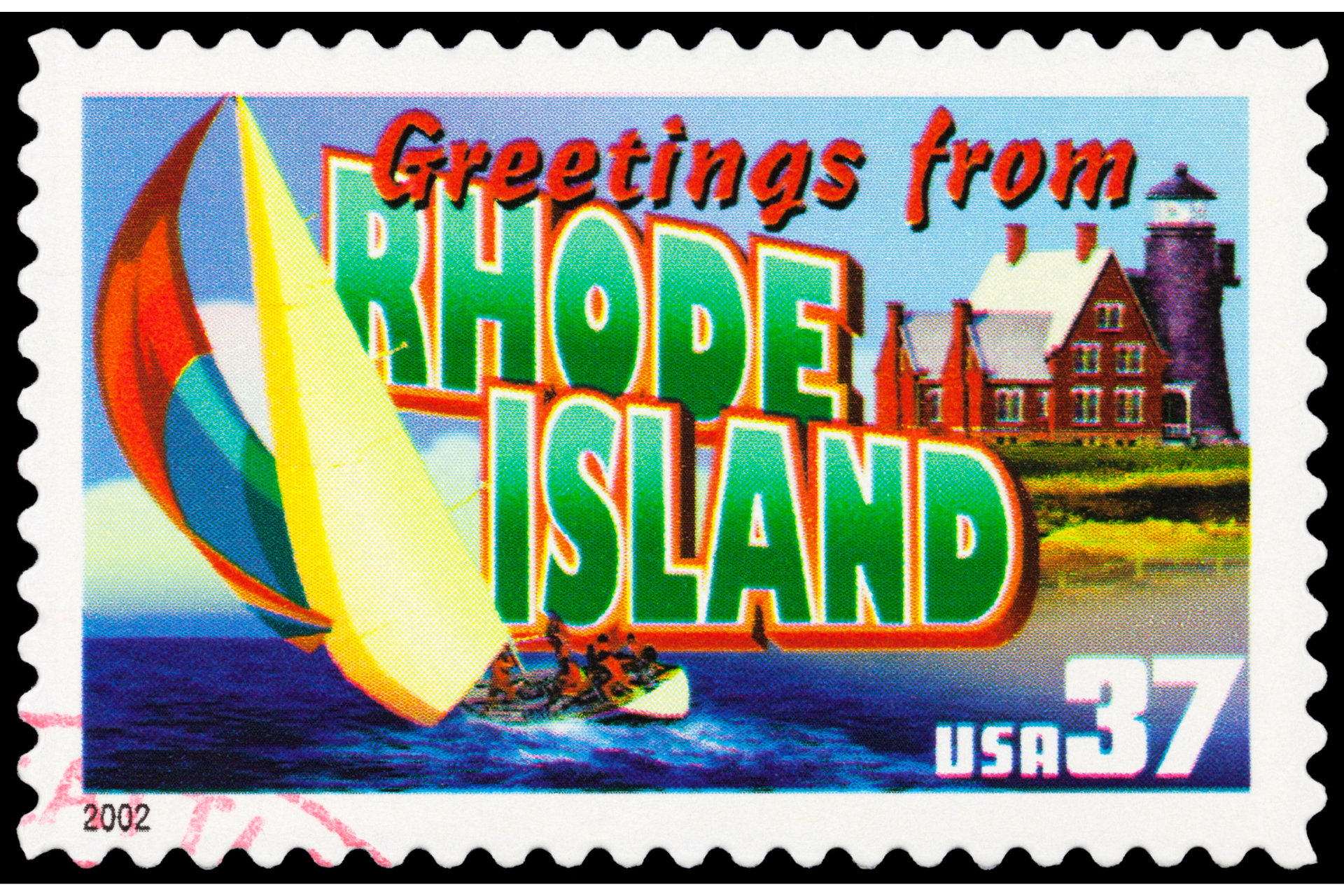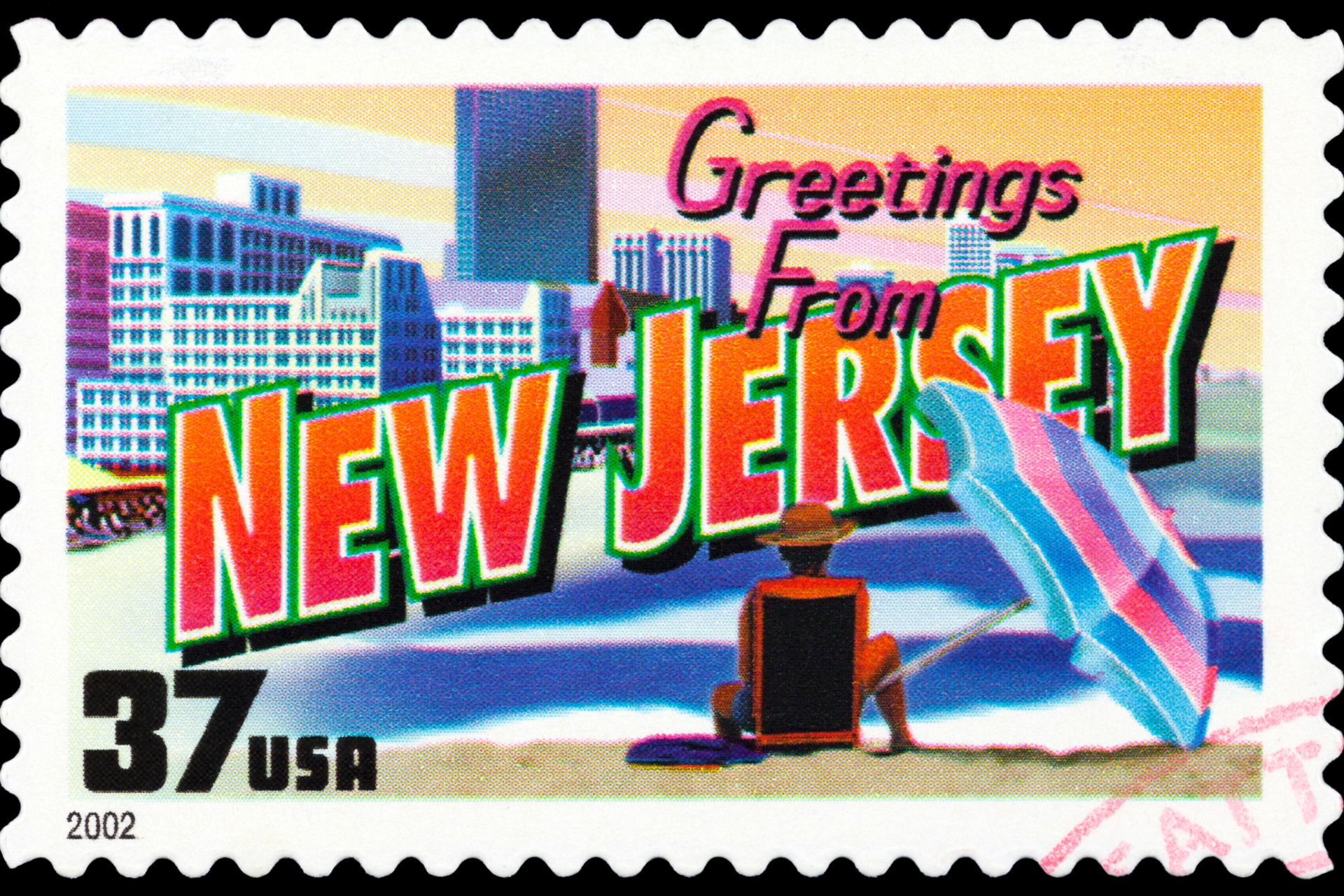In discussions of statehood for Puerto Rico, questions about costs and benefits come up — for both sides. Puerto Rico would gain equal rights and full political representation and — like the 37 territories that have already transitioned to statehood — be better off economically. What would the United States gain?
What States Contribute
It’s generally acknowledged that having more states has enhanced the power and economic strength of the United States. Almost none of the territories were brought into the Union because they were wealthy and would bring wealth into the Union. The territories that became states during the Gold Rush, such as California, are an exception. Most states, including wealthy states like Hawaii and Alaska, were facing tough times when they were territories.
But Statista came up with a way to quantify the current economic contributions of the various states. The chart below shows each state’s share of the U.S. GDP. The darker the state, the more it contributes to the national GDP.
Hawaii and Alaska might be wealthy states in terms of average income, but we can see that they are not big contributors. California pours the most into the national GDP, followed by Texas, New York, Florida, and Illinois – all states with relatively large populations.
Several different sources provide similar maps showing the extent to which each state relies on the federal government for funding. This is another way to show the economic value of the various states. In this case, the darker states are the costliest ones. California, providing the most for the national GDP, is quite pale; it doesn’t rely heavily on federal funding. West Virginia, Mississippi, New Mexico, Alabama, Alaska, Maine, Montana, Wyoming, and South Dakota are among the most dependent states — and they don’t contribute much to the GDP, either.
The point is that among the current states, some give more than others and some get more than others. Being wealthy has never been a requirement for admission as a state, and it is not an essential characteristic of statehood now. Puerto Rico, like previously admitted territories, has financial limitations largely caused by territory status and can expect to be more prosperous as a state.
The Strength of Democracy
If we can't quantify what states are supposed to contribute, can we identify qualities that make states valuable to the Union?
From a geopolitical perspective, Puerto Rico statehood would build the U.S. presence in the Caribbean, especially as China enhances its political footprint in the region.
Puerto Rico also excels in natural beauty, history, and culture. For example:
- The only rainforest in North America
- One of just 24 UNESCO World Heritage Sites in the United States
- Three of just five bioluminescent bays in the world, the only ones in the United States
- The oldest city in the United States
Yet, perhaps the most dominant rationale for Puerto Rico statehood is the current inconsistency between Puerto Rico's territorial status and the U.S. identity as the bastion of democracy. As Puerto Rican born Judge Juan Torruella, who served on the U.S. Court of Appeals for the First Circuit, wrote in a 2005 judicial opinion:
"We cannot overlook, and in fact we should take judicial notice of, the many official actions of the United States in promoting democratic elections throughout the world-not the least of which is its support for the recently held national elections in Afghanistan and Iraq, places where thousands of U.S. citizens from Puerto Rico serve, at least twenty-five of whom have lost their lives in support of the rights of the citizens of those countries to vote. The situations in Iraq and Afghanistan present the further anomaly of two classes of U.S. citizens, both fighting and dying side by side, only one of which was able to vote for its Commander in Chief.”



